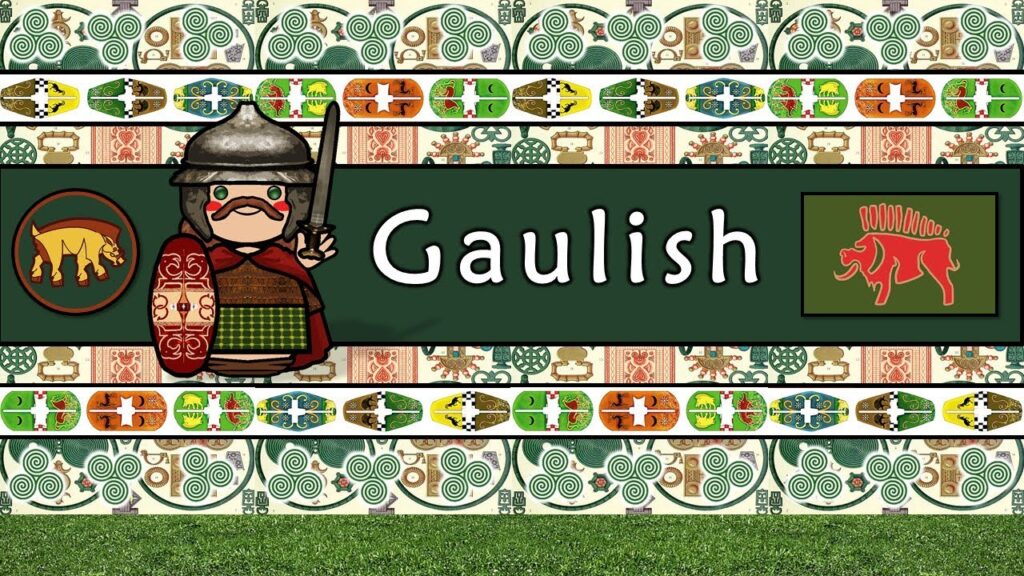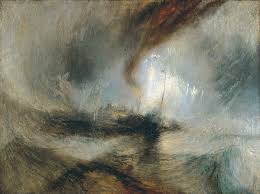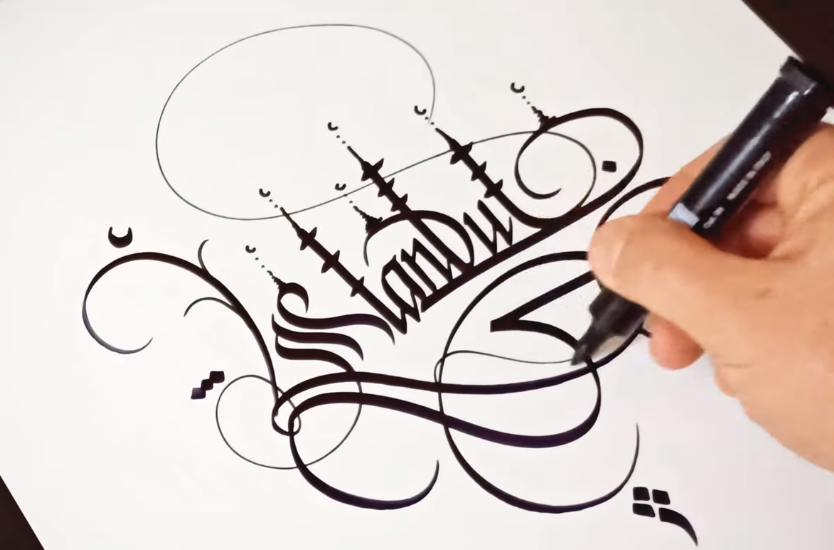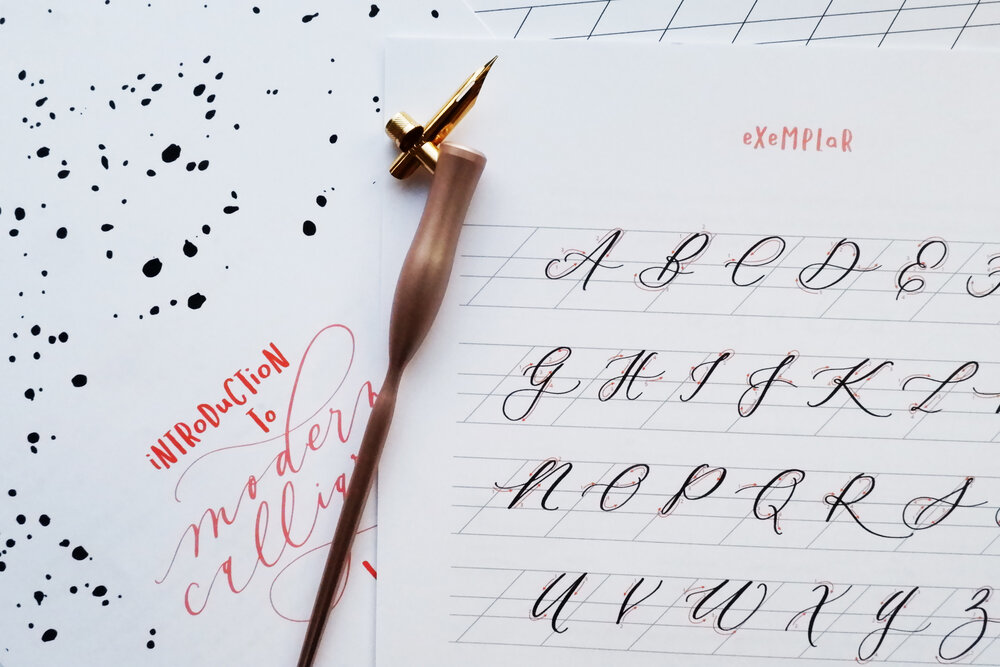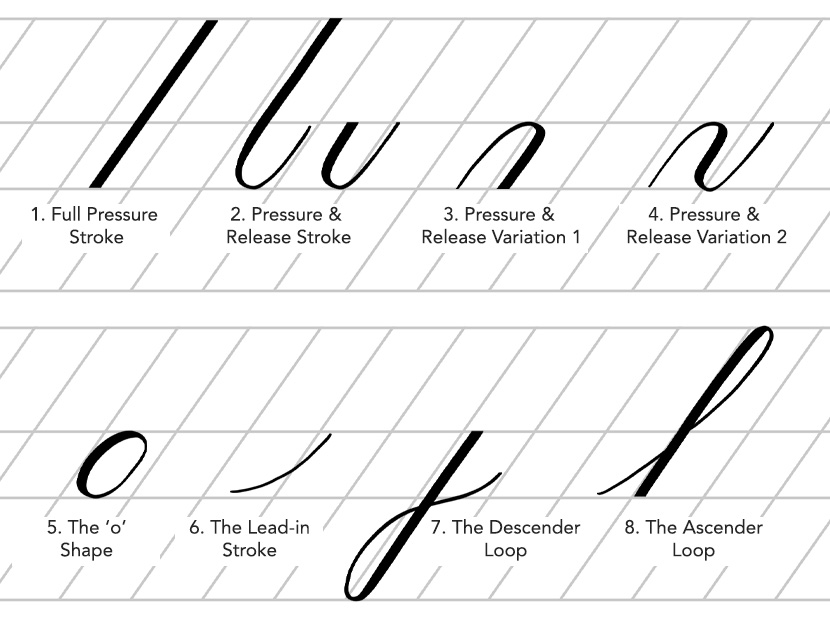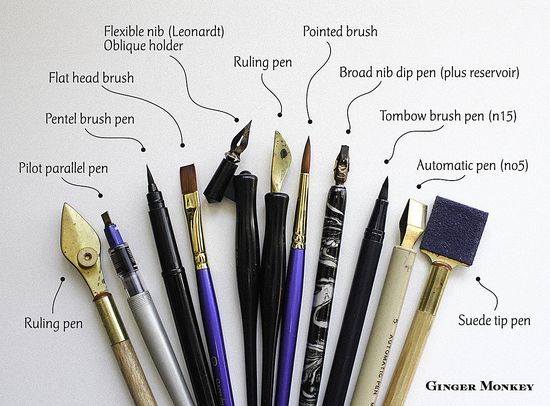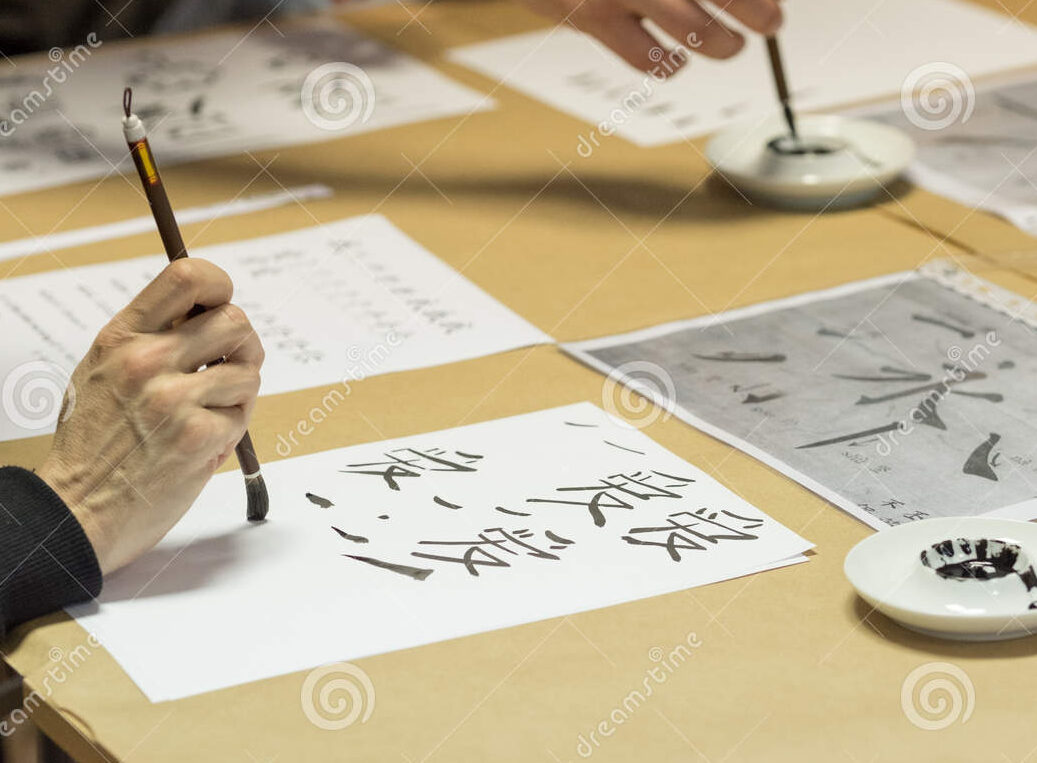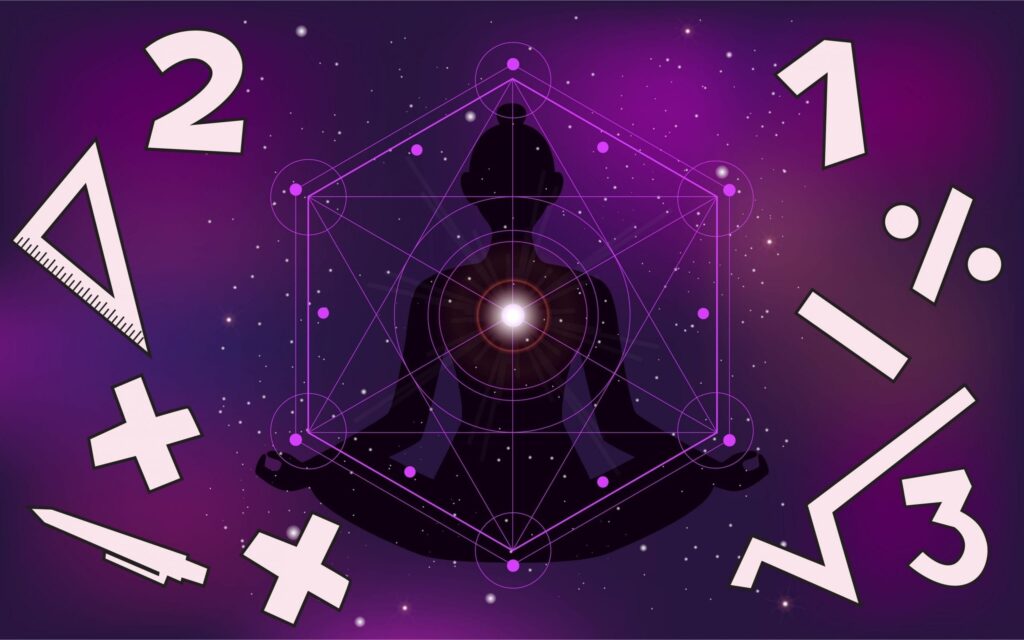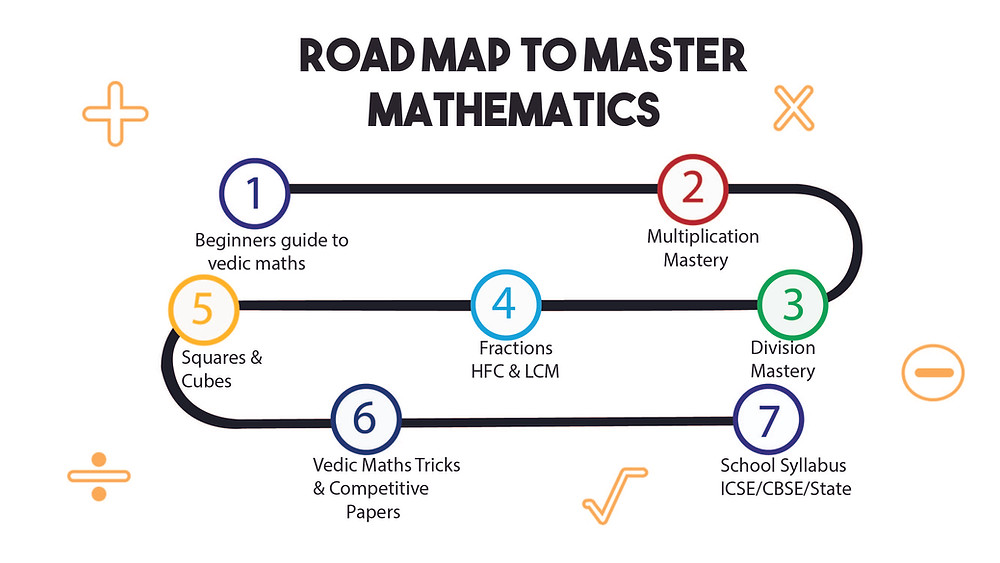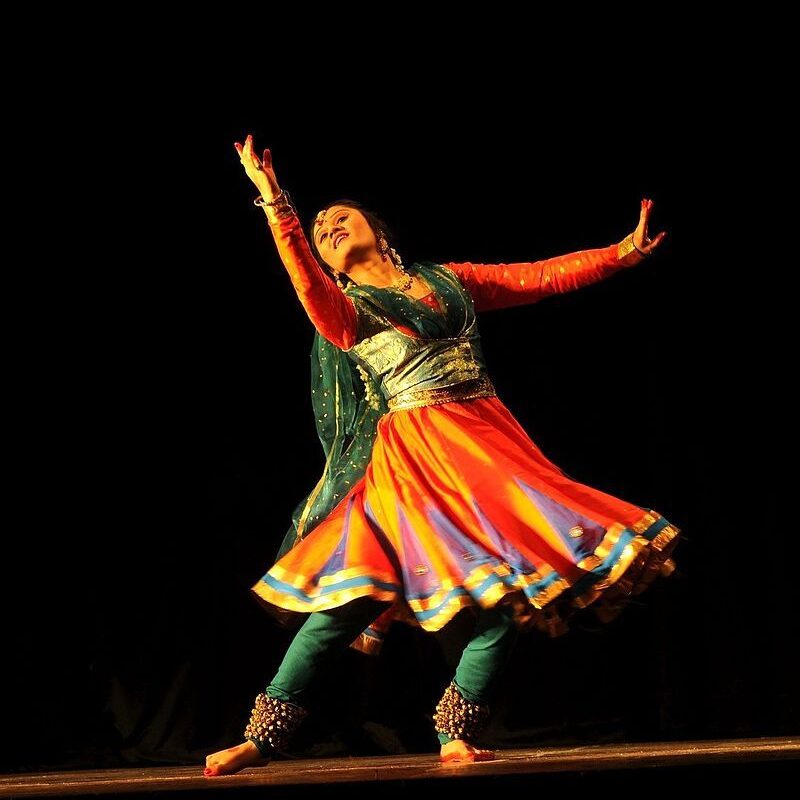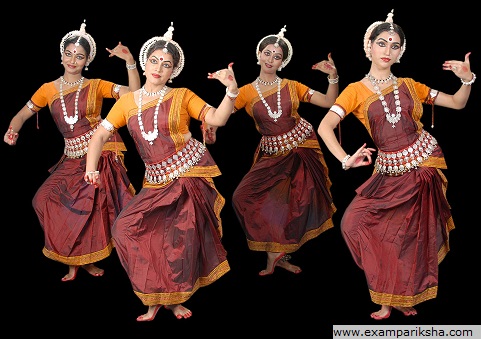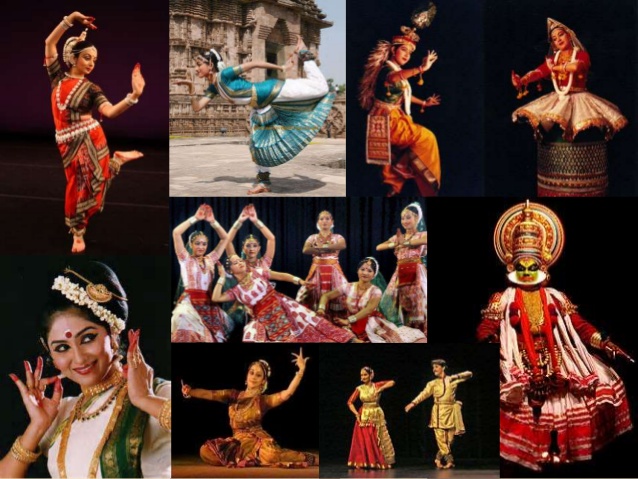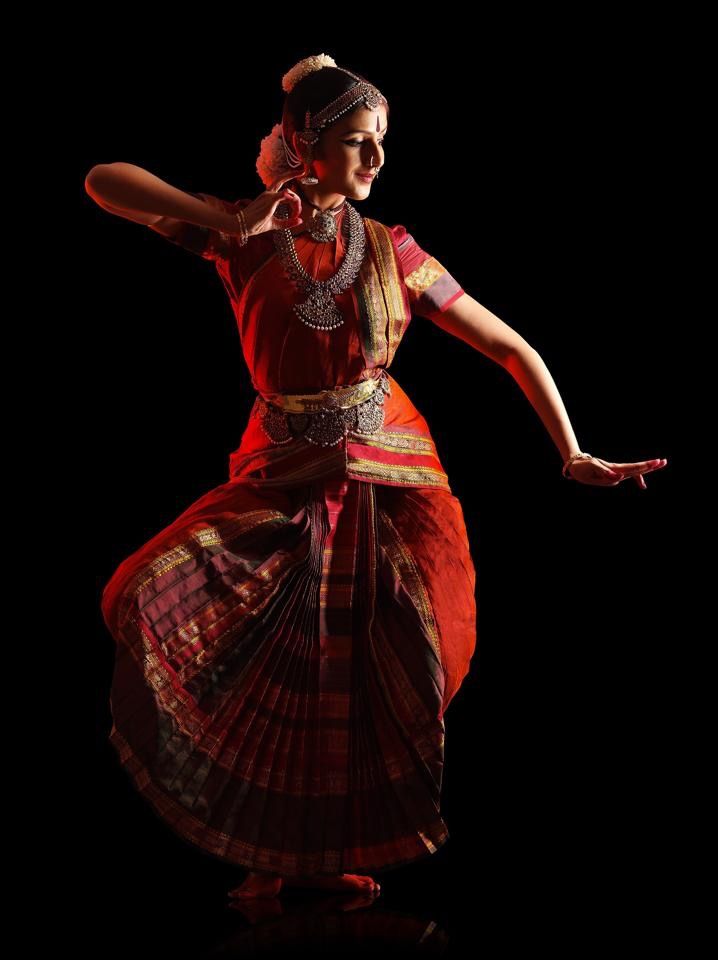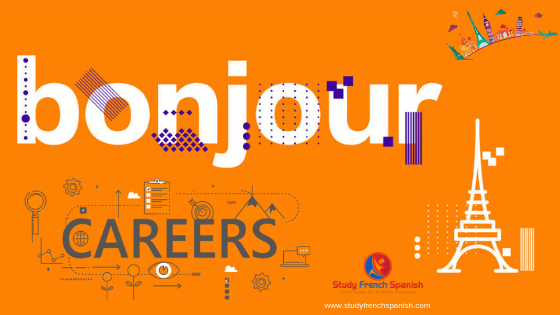Without a side hustle, your life may become dull, monotonous, and might end up in an unhealthy cycle. While having a defined routine seems good, taking up a hobby can add excitement and spark to your life that it may need to enhance your progress. A hobby can turn out to be your creativity vent and act as a stress buster that helps cultivate happiness.
However, if you are uncertain why you should engage in a fun, recreational activity, I recommend you check out the rest of the blog, where we mention 8 ways how hobbies make you a better person.
Hobbies challenge you
When you work at something for a long time, whether crafting a piece, taking photos or baking a cake, you keep setting bars for yourself; this feels comforting. When other aspects of your life become downright horrible, you can fall back on your hobby and use it as a coping mechanism. Spending time doing an enjoyable activity that is not attached to work or other commitments will help increase your happiness and content with life. It will allow you to spend time doing something that will benefit you wholly and make you a better person.
Hobbies make you social
Mutual tastes in certain hobbies are the surest ways to connect with other people. Hobbies like sports, dance, playing music or travelling are super social. If such activities appeal to you, you will be bound to meet new people and make some friends along the way. But even if your hobby is quite a solidarity activity, if you go online, you will find access to a whole community of like-minded hobbyists sharing their wisdom and offering you friendship.
Hanging about with like-minded people who share your passions can turn out to be an effective way to increase your social circle. Connecting with other people will help you learn new things and improve your skills while also making friends.
Hobbies promote discipline
Regardless of the hobby chosen, that kind of progressive learning naturally teaches discipline. When you have a more patient mindset about the things you set out to do, it could help you more easily see that it is worthwhile to set your sights on productivity or creativity goals. Patience is also closely associated with self-control, and scientists have found a link between better levels of self-control and having better health and productivity.
Hobbies grant you sense of purpose
Hobbies offer you an opportunity to take recreational breaks while also giving you a sense of purpose. If you are engaged in an activity, you never feel like you are just spinning your wheels. You can do something while still having fun. Also, the more you do a hobby, the more you are likely to learn about the subject, which will provide you with an increased sense of life satisfaction. Maybe you want to learn a new language or better your cooking skills. The more you engage in your hobby, the more knowledge you will gain.
Hobbies can provide additional income
You may find a hobby that you are good enough in to make sales for extra income. You may even get the chance to turn your hobby into a full-time job. Case in point, if you find that you have a knack for baking, you may offer your baked goodies to people, which could turn into a full-time job.
Hobbies improve your self-confidence and self-esteem
Pushing your limits and getting out of your comfort zone will help you build your self-esteem as you achieve things you thought were impossible. Each time you progress with your hobby, you are pushing yourself more into the achiever perspective. Once you get to the point where you are confident about what you are doing, you will find success in your journey and feel a sense of internal motivation to continue.
Hobbies introduce you to fresh perspectives
Having a new hobby can be very effective when it comes to building character. It enriches your life and provides you with a different perspective on things. Regardless of what type of hobby you take up, you will explore yourself with new people and ideas. Having a hobby will help you grow in many ways, including exposing you to new opinions and better outlooks to look at life.
Hobbies help ward off depression
Some common hobbies that people have found to help ward off anxiety and depression include listening to music, volunteering, keeping a gratitude journal, and travelling. Taking time to relax and engage in an enjoyable activity can help benefit your mental health, as you always have something to look forward to.
Takeaway
Your hobby should be a pleasurable activity that allows you to take your mind off of the demands of your daily life or negative emotions. It is a healthy and productive distraction from work or personal worries.
As the old saying quotes, “Idle hands are the devil’s workshop.” Hobbies keep you out of this crisis and help relieve the monotony. So, rather than sitting around trying to find something to entertain you, you can jump back into an exciting hobby that serves you life-longing benefits and makes you a better person.
